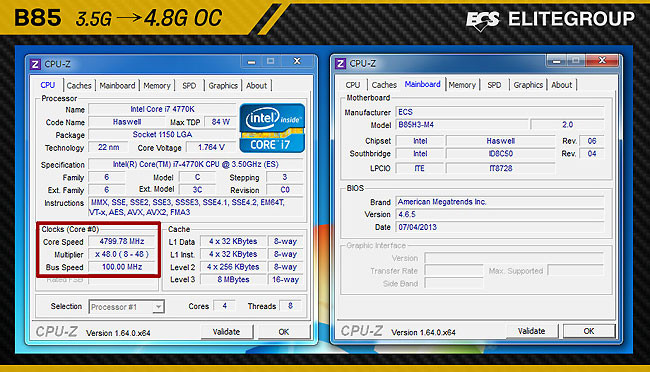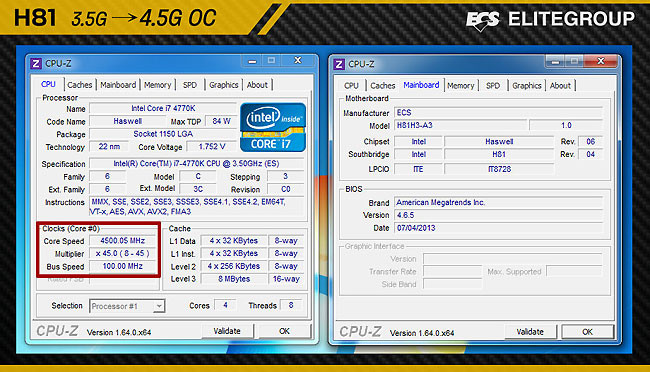Ok, maybe it IS legal.
But I doubt some/many customers will see it that way.
If any of my Intel computers, were messed about with by Intel (via an internet update), and were significantly worsened as a result afterwards, I would be VERY annoyed with Intel.
I can see both sides to the argument.
Intel has a business case to make, be it limiting their liability or maximizing their profitability, either way there are literally thousands of people whose livelihoods and jobs depend on Intel making the tough decisions needed to ensure the cash flow is healthy enough to keep paying those folks their salaries so they in turn can keep paying their mortgage and buy food and send their kids to school and pay taxes, etc.
On the other side, my absolute favorite rig build of all time was my dual-550MHz Celeron machine using the
Abit BP6 mobo.
Processors supported by the BP6 in SMP configuration were the PPGA Socket 370 Celeron processors (300-533 MHz).
Intel never intended the Celeron to be able to operate in SMP, and later generation Celerons had their SMP interface disabled, restricting the feature to the higher-end Pentium 3 and Xeon product lines.
So not only were you buying the dirt-cheap CPU version from Intel (their Celeron line), you were (1) overclocking them from 333MHz to 550MHz (w00t!), and (2) putting them into a silly cheap dual-socket mobo and running them in SMP like a boss!
Now then, Intel obviously took measures to prevent this from happening again but for a brief period in time enthusiasts could build quite the powerful and cheap box.
So I have to ask myself, how would I have felt in 1999 if Intel reached out through Microsoft with a microcode "update for security" that totally borked my BP6 duallie and operationally made it a single-socket mobo running at near-stock clockspeeds?
I'd be pissed. Disgusted and pissed.
So I can understand the emotional response that Intel is getting from this total dick move on their part.
It is all about the upsell. Intel really is no different than your local car dealership when it comes to their marketing and sales strategies.
Get your enthusiasts to pay a premium for the "K" chip (upsell #1), then make them pay a premium to get the right chipset as needed to actually use the unlocked features of your CPU (upsell #2), and don't forget to lay it on heavy and thick that they better buy that "extended warranty" performance tuning plan (upsell #3).
Upsell, upsell, upsell.
If your livelihood depends on Intel having a healthy robust fiscal outlook then you are pleased to see Intel doing what it needs to ensure you have continued job security, that is a very natural and understandable human desire. I've been there (not at Intel, but at others) and it sucked to see my management not minding the shop well enough to safeguard the financial future of employees like myself.
But for the rest of the consumer market, this stuff just creates friction as it pits consumers against the seller in an adversarial way and the history of commerce shows this always, always, results in a detrimental outcome for the business that is waging war on its customer.
Intel needs to find ways to add value to customers, not find ways to reduce or minimize the value it is adding to its customers. This move, while justified, is an act of war on its own customers and those are the kind of war wounds that people remember for a long long time.





